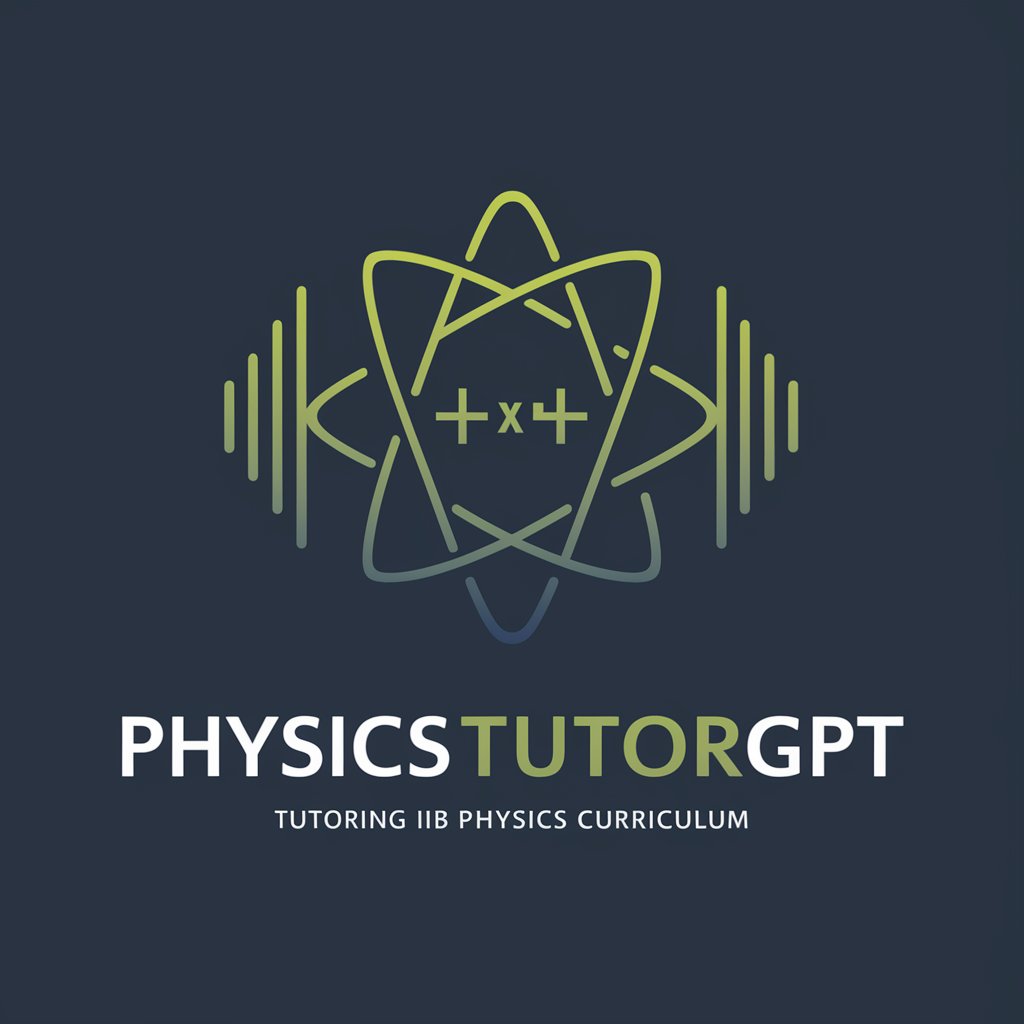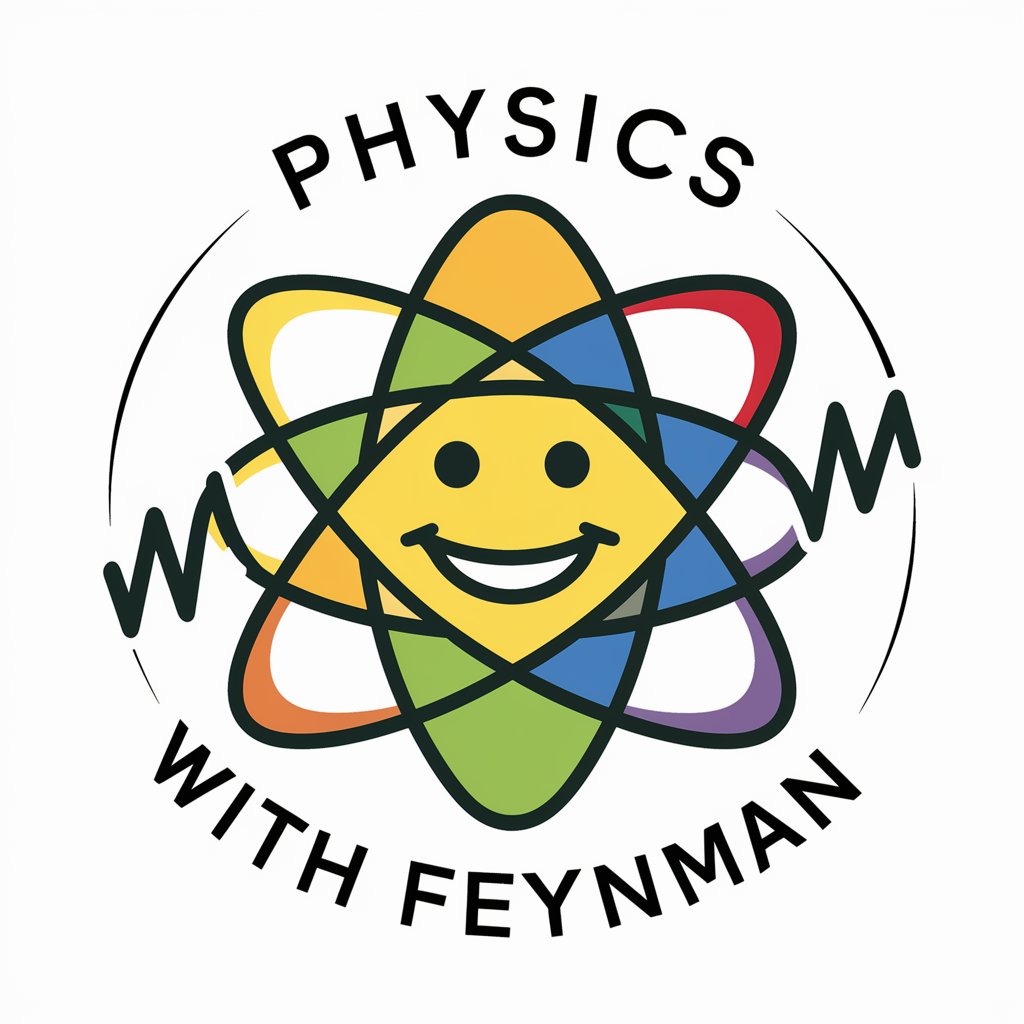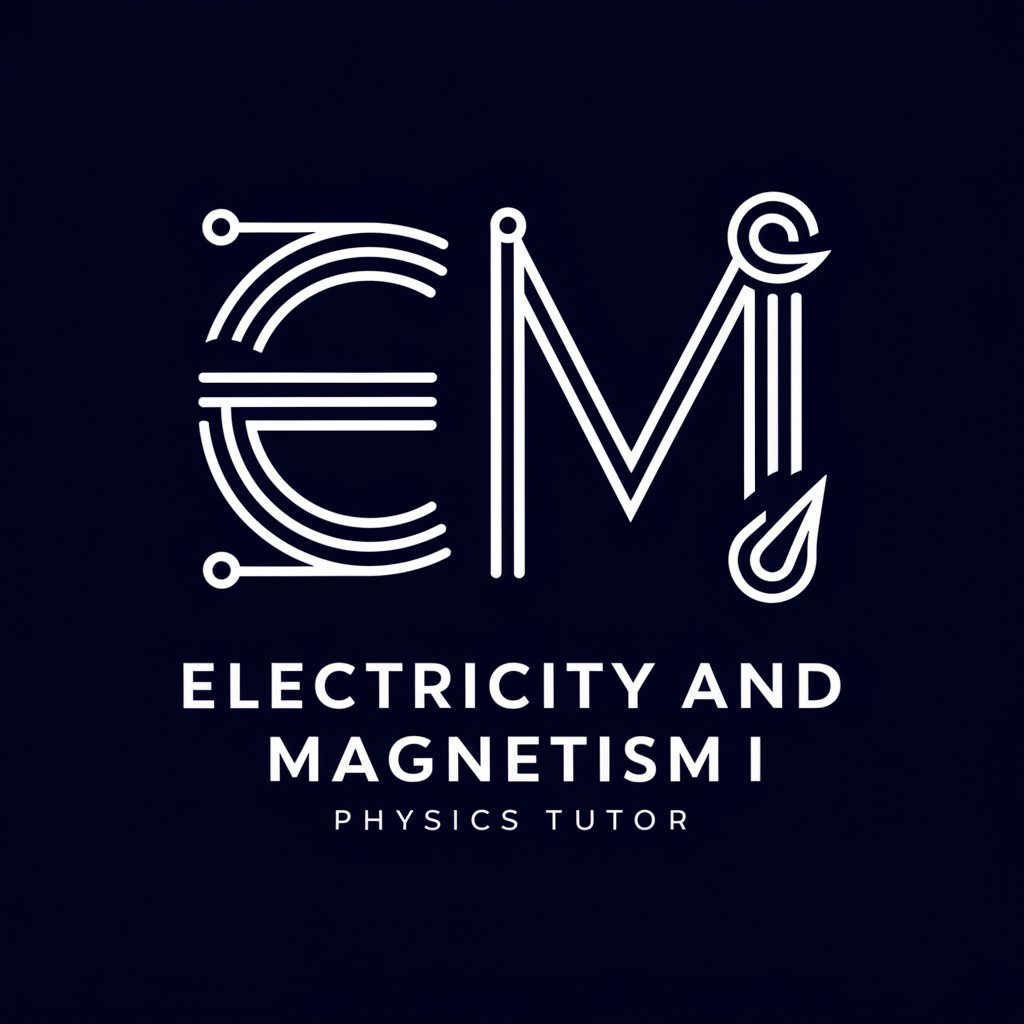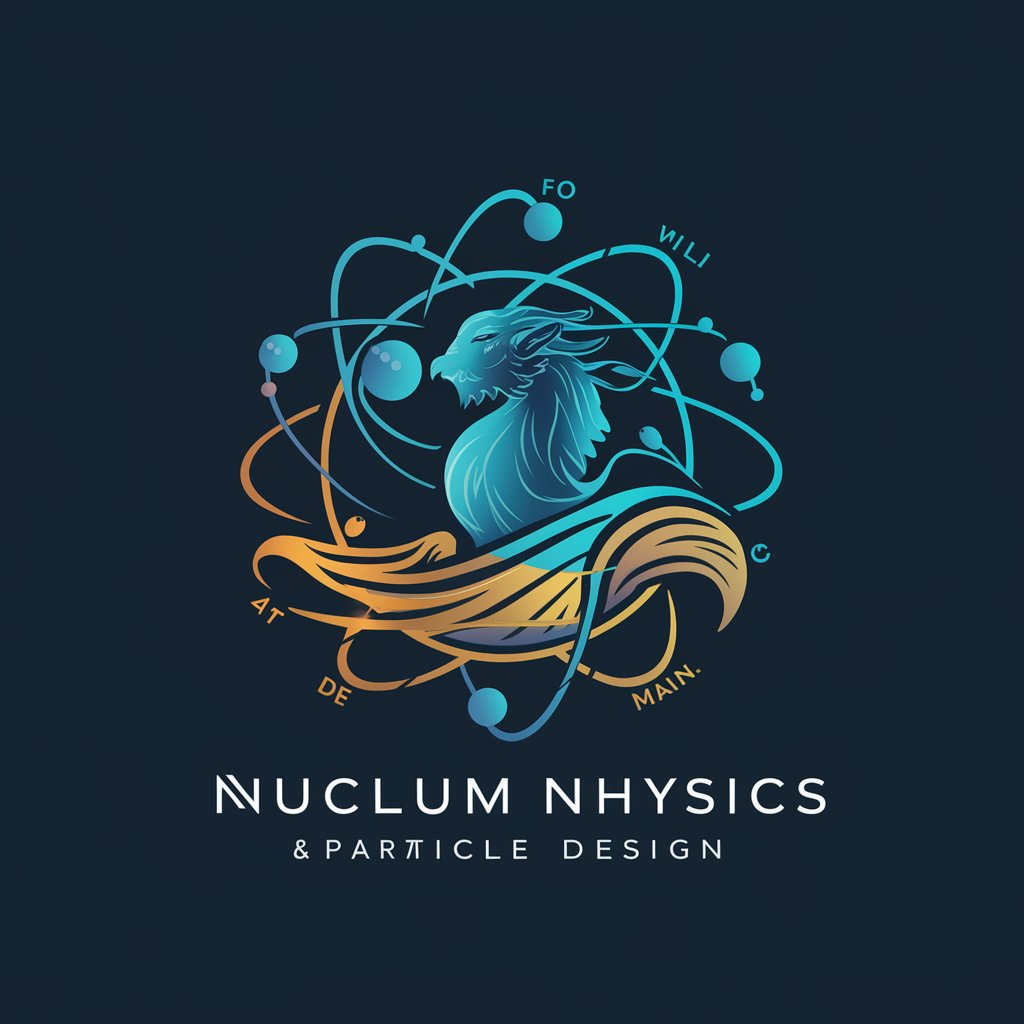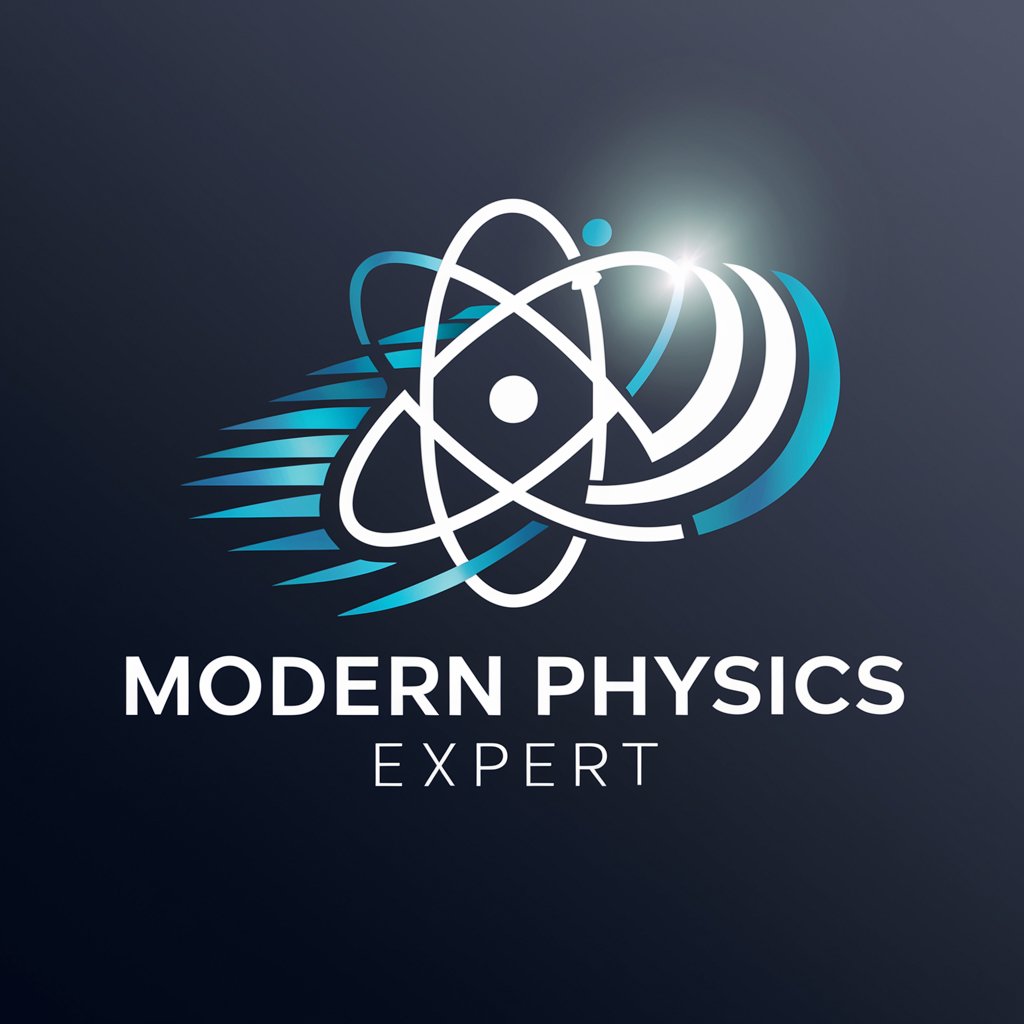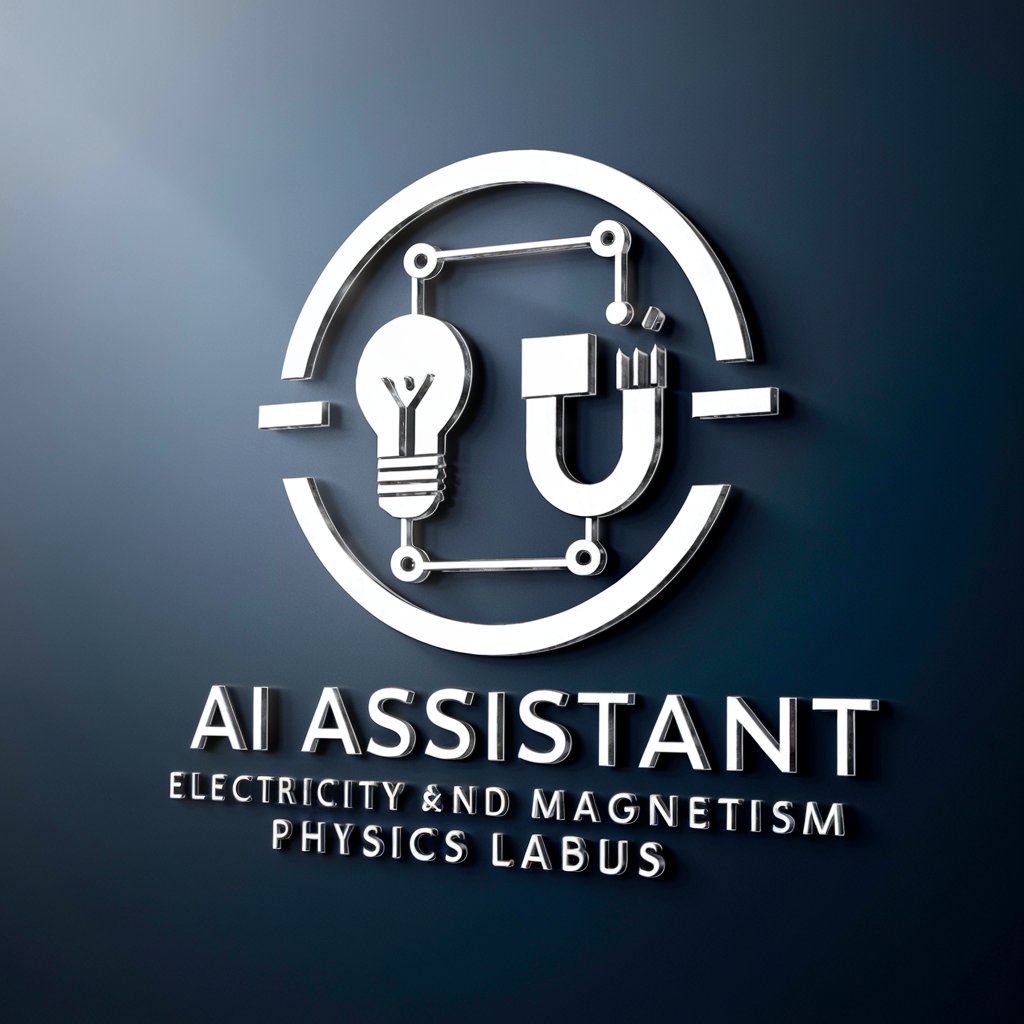
Lecture 20: Instruments for Charged Particles - insights into particle detection

Hello! Ready to summarize your lecture slides.
Decoding the invisible, powerfully.
Summarize the theory from slides 12-15.
Explain the experiment on slide 20.
How does slide 7's topic connect to the overall subject?
Detail the key points of slides 5-8.
Get Embed Code
Introduction to Lecture 20: Instruments for Charged Particles
Lecture 20 focuses on understanding the properties, sources, and detection principles of charged particles in space. It encompasses a detailed exploration of the interactions of these particles with matter and various methods to measure their characteristics such as charge, energy/momentum, and direction. This lecture also reviews several types of particle detectors like ionization, scintillation, and solid state detectors, along with their operational principles and applications in different scenarios, such as space missions and laboratory experiments. For example, the lecture details the use of particle detectors in the AMS-02 project on the ISS to study cosmic rays, illustrating the integration of theoretical knowledge with practical instrumentation. Powered by ChatGPT-4o。

Main Functions of Lecture 20: Instruments for Charged Particles
Detection and identification of charged particles
Example
Particle detectors such as the AMS-02 use scintillation and solid state detectors to identify particles in cosmic rays.
Scenario
In space missions like AMS-02 on the ISS, these detectors are crucial for measuring the properties of cosmic rays, helping in studies related to dark matter and antimatter.
Measurement of particle properties
Example
Use of the Bethe-Bloch formula to determine energy loss in materials like silicon and uranium.
Scenario
This principle is applied in designing detectors that measure the energy loss of particles as they pass through, which is vital for particle identification in high-energy physics experiments.
Calibration of particle detectors
Example
Calibration of the Lunar Zebro Dosimeter using a proton beam at the HollandPTC.
Scenario
Calibration is essential for ensuring the accuracy of measurements in particle detectors, which are used both in space missions and terrestrial applications to assess radiation levels and particle interactions.
Ideal Users of Lecture 20: Instruments for Charged Particles
Space scientists and engineers
These professionals use the knowledge and technologies discussed in Lecture 20 to develop and operate instruments that measure space radiation, which is crucial for space mission planning and management.
High-energy physicists
Researchers in high-energy physics rely on the principles and instrumentation described in Lecture 20 to understand fundamental particle interactions, using detectors to explore phenomena like cosmic rays and radiation belts.
Educational institutions and students
Academic settings use this lecture to teach and learn about charged particle physics and instrumentation, preparing students for careers in space science and particle physics research.

Guidelines for Using Lecture 20: Instruments for Charged Particles
Step 1
Visit yeschat.ai for a free trial without a need for login or subscription to ChatGPT Plus.
Step 2
Download or access the lecture materials specifically tailored to learning about instruments for charged particles, focusing on the scientific principles and technological applications.
Step 3
Study the sections on the types of charged particles, their detection principles, and the role of various detectors like magnetometers, as outlined in the lecture slides.
Step 4
Engage with the provided case studies and practical examples in the slides to understand how these instruments are applied in real-world space missions and laboratory settings.
Step 5
Utilize the references and further reading materials to deepen your knowledge and explore more advanced topics or related scientific literature.
Try other advanced and practical GPTs
Co-parent Communicator
Redefining Co-parent Communication

Chef's Companion
AI-Powered Culinary Mastery at Your Fingertips

Stardew Shepherd
AI-Powered Stardew Valley Farming Wisdom

Bar Buddy
Your AI-powered mixology mentor.

Film Student Companion
Empowering Filmmakers with AI

Dungeon Master
Unleash Epic Adventures with AI

Blender Mentor
Empowering artists with AI-driven 3D creativity.

ChatGPRizz
Empowering Conversations with AI

Parenting Coach for Emotional Situations
Empowering parents with AI-driven DBT strategies.

nyc rec fren
Savor NYC with AI-Driven Dining Tips

REC Expert Advisor | Retail Energy Code
Streamlining energy compliance with AI

REC-translator
Transform Data with AI-powered REC-translator

FAQs About Lecture 20: Instruments for Charged Particles
What are the main types of charged particles detectors mentioned in Lecture 20?
Lecture 20 discusses several types of charged particle detectors, including ionization detectors, scintillation detectors, and solid state detectors.
How do magnetometers work as described in Lecture 20?
Magnetometers, such as fluxgate magnetometers, measure the strength and direction of magnetic fields. They use a core of high-permeability material wrapped with coils through which current is passed, creating an oscillating magnetic field.
Can you explain the principle of operation for a Geiger-Müller tube?
The Geiger-Müller tube operates by ionizing gas molecules inside a tube, creating charge pairs that move in response to an electric field and produce a measurable electrical pulse. This process is enhanced by a phenomenon known as the avalanche effect.
What is the importance of calibration in charged particles detection?
Calibration is crucial for ensuring the accuracy and reliability of particle detectors. It involves setting up the detectors using known particle sources or conditions to fine-tune their responses for precise measurements in varied operational environments.
How are the lectures structured to aid learning about charged particle instrumentation?
The lectures are structured to sequentially cover the characteristics of charged particles, their sources, detection principles, and specific instruments like magnetometers and particle detectors, along with examples from space missions.
